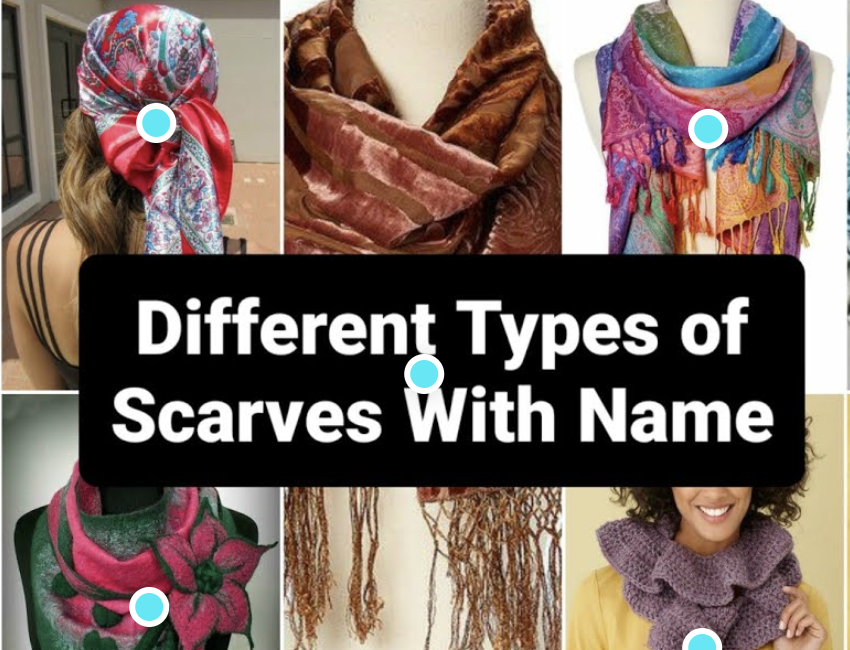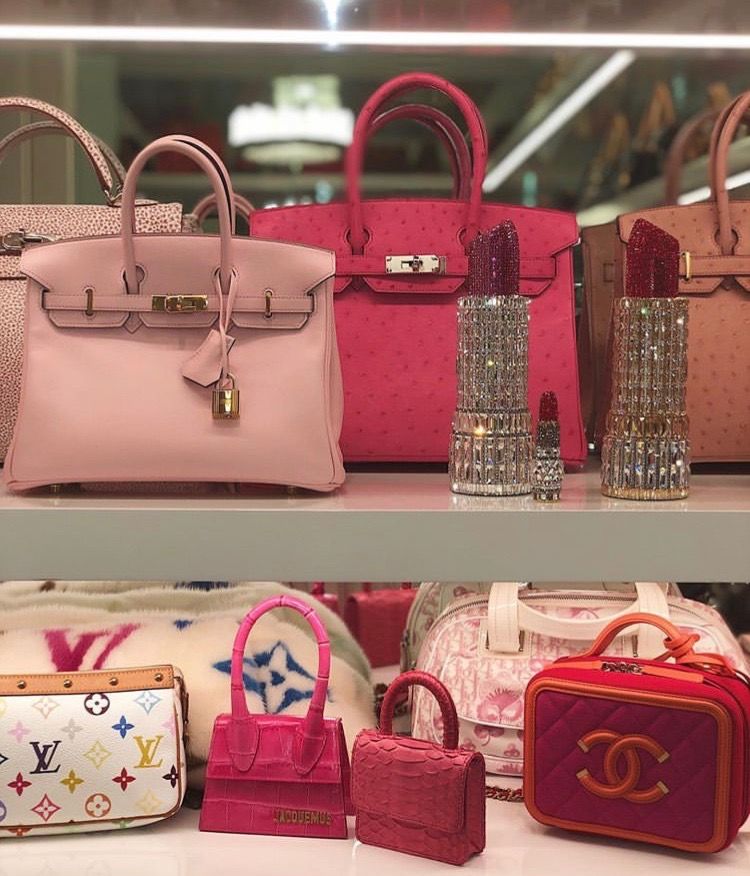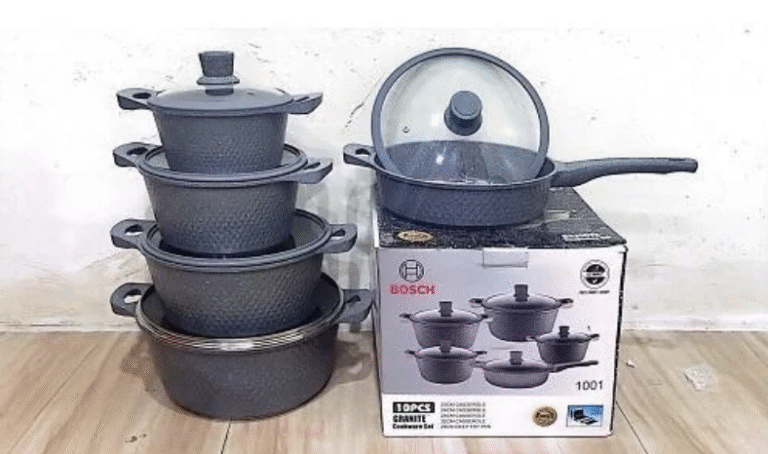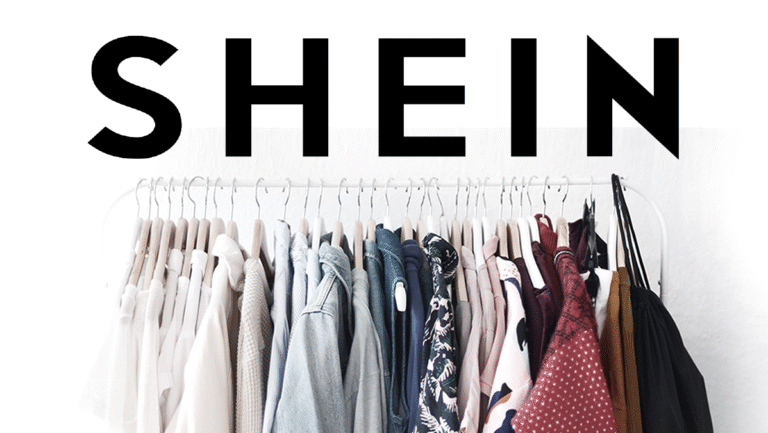15 Types of Scarf Fabric: A Comprehensive Guide to Style and Comfort
Introduction
Scarves are more than just accessories; they’re expressions of personal style and comfort.
The choice of scarf fabric plays a pivotal role in determining its look, feel, and suitability for different occasions.
Whether you’re seeking warmth for winter or a lightweight wrap for summer, understanding various scarf materials can enhance your wardrobe choices.
This guide delves into 15 popular scarf fabrics, highlighting their unique characteristics to help you make informed decisions.
Table of Contents
Top 15 Types of Scarf Fabric
1. Silk
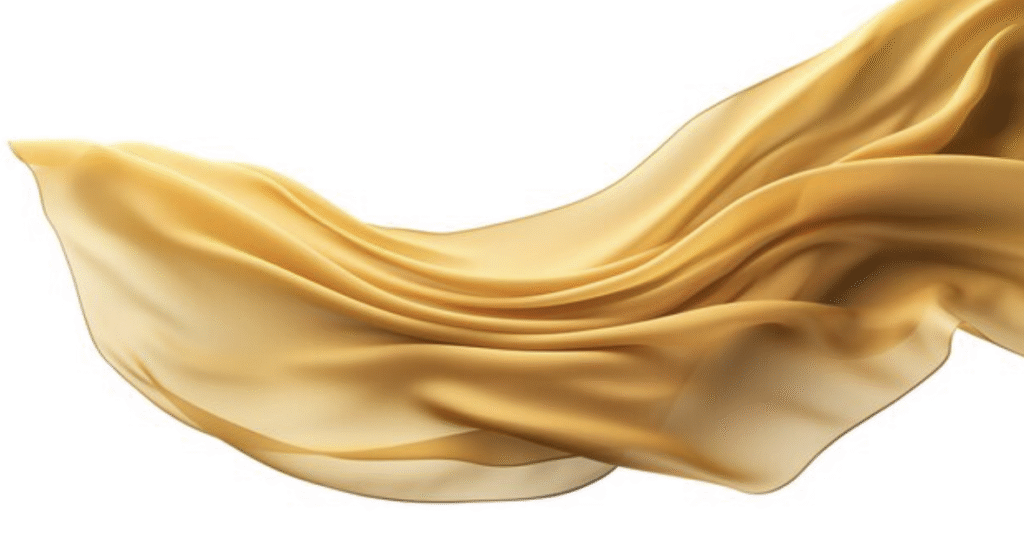
Silk scarves epitomize luxury and elegance. Derived from the cocoons of silkworms, silk boasts a natural sheen and smooth texture.
It’s lightweight, breathable, and drapes beautifully, making it suitable for both formal events and casual outings.
Additionally, silk’s hypoallergenic properties make it ideal for sensitive skin. However, silk requires delicate care to maintain its luster and longevity.
2. Cotton
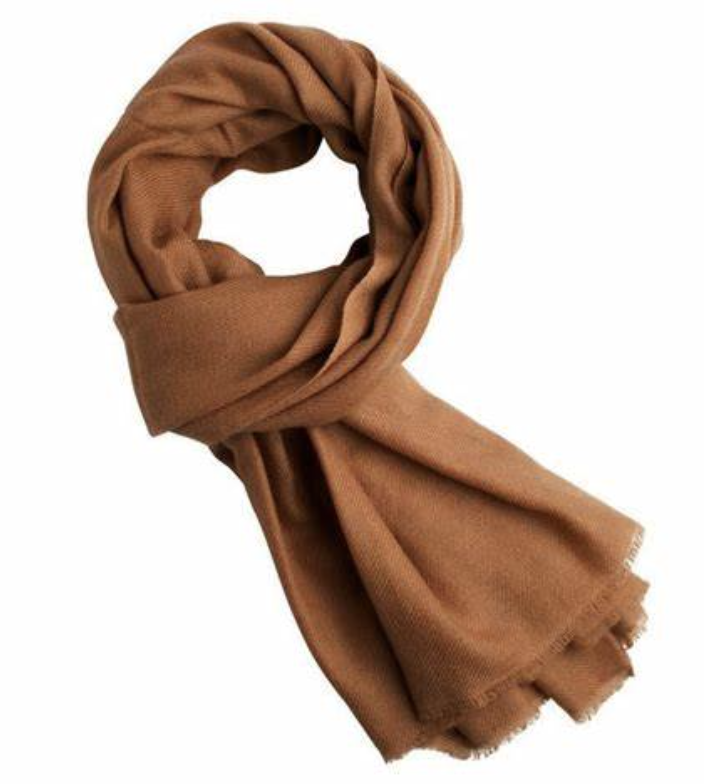
Cotton scarves are versatile and comfortable, perfect for everyday wear. This natural fiber is breathable, soft, and easy to care for. Cotton scarves come in various weaves and patterns, catering to diverse fashion preferences.
They’re especially suitable for warmer climates due to their moisture-absorbing properties.
3. Wool
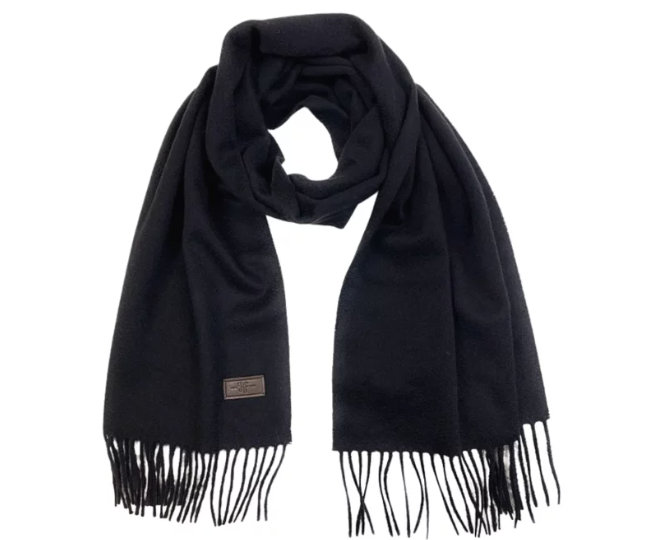
Wool scarves provide excellent insulation, making them ideal for colder months. Sourced from sheep, wool is known for its warmth, durability, and moisture-wicking abilities.
Wool scarves come in various textures, from fine merino to chunky knits, catering to different style preferences. Proper care ensures they remain soft and long-lasting.
4. Cashmere
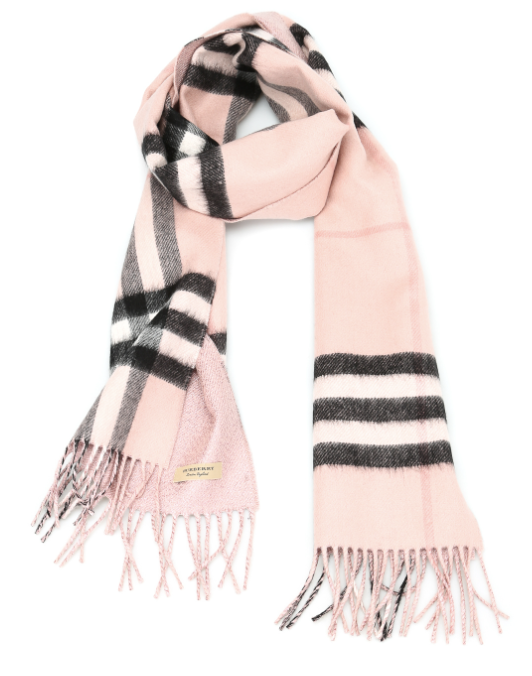
Cashmere, obtained from the undercoat of cashmere goats, is renowned for its softness and warmth. Lightweight yet insulating, cashmere scarves are luxurious additions to any wardrobe.
They drape elegantly and are suitable for both casual and formal settings. Due to their delicate nature, they require gentle handling and storage.
5. Linen
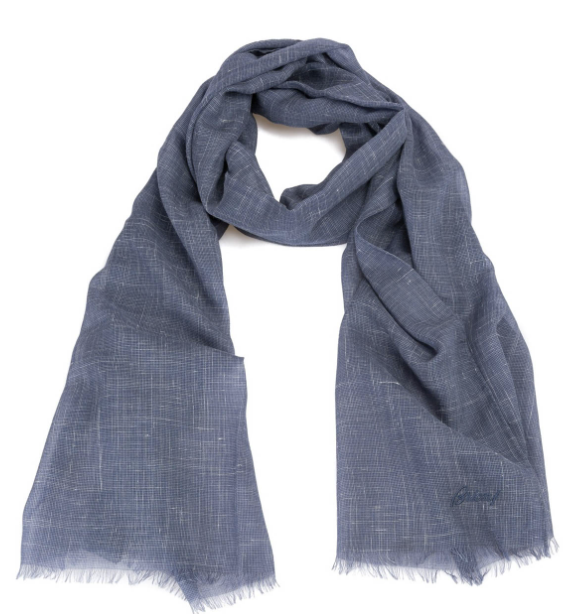
Linen scarves, made from flax fibers, are lightweight and breathable, perfect for hot climates. They have a natural texture and crisp appearance, adding a touch of sophistication to outfits.
Linen is also hypoallergenic and becomes softer with each wash. However, it wrinkles easily, which adds to its casual charm.
6. Chiffon
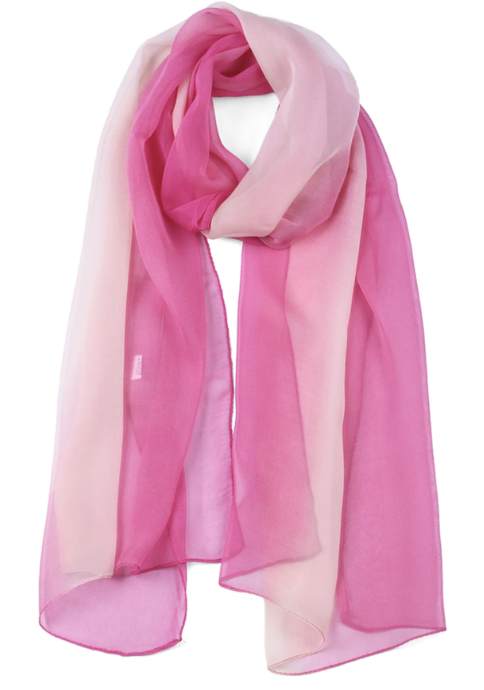
Chiffon is a lightweight, sheer fabric that flows beautifully, making it perfect for dressy and elegant looks.
Made from silk, polyester, or nylon, chiffon scarves are often used in evening wear or as fashion accessories.
Key Features:
- Soft, flowy, and semi-transparent
- Elegant drape with a slightly rough texture
- Best for spring and summer fashion
- Requires gentle handwashing or dry cleaning
Style Tip: Pair chiffon scarves with formal or semi-formal outfits to add a touch of grace and sophistication.
7. Pashmina
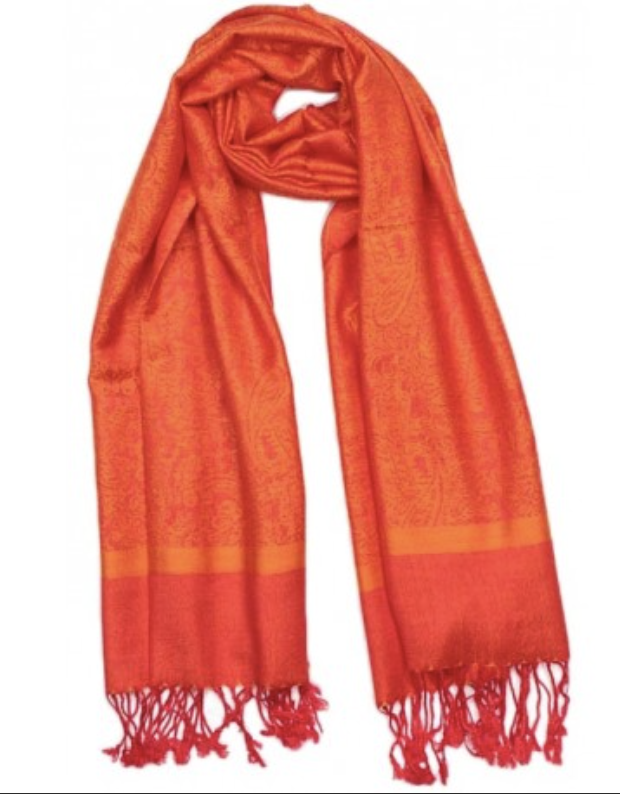
Pashmina is a type of fine cashmere wool originating from Nepal and northern India. It’s one of the most luxurious scarf materials available, prized for its incredible softness and warmth.
Key Features:
- Warm, soft, and lightweight
- Often hand-woven and crafted with traditional techniques
- Premium quality with a higher price point
- Suitable for chilly weather and elegant layering
Did You Know? A true pashmina scarf is made from fibers that are hand-combed from Himalayan mountain goats.
8. Polyester
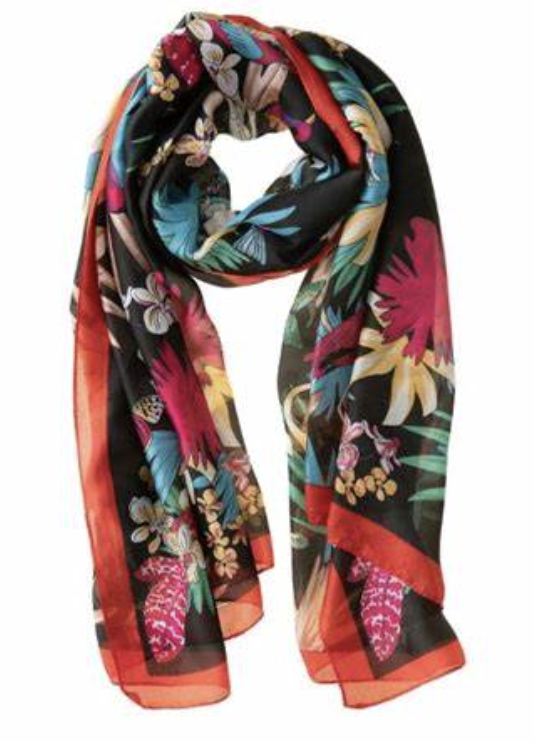
Polyester scarves are affordable, durable, and available in countless designs and colors. While synthetic, modern polyester blends can mimic the softness of natural fibers.
Key Features:
- Cost-effective and wrinkle-resistant
- Easy to maintain—machine washable
- Can imitate silk or cotton
- Ideal for casual or travel wear
Use Case: Polyester scarves are perfect for printed designs, such as florals or abstract art, often used in fashion-forward, fast-moving trends.
9. Modal
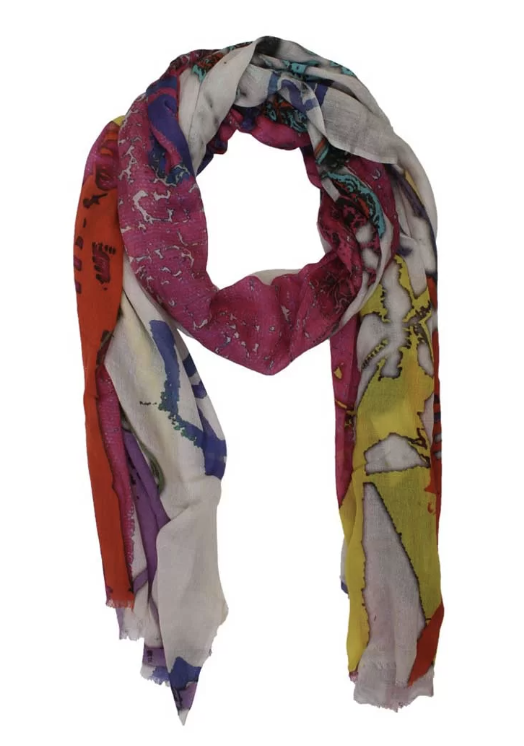
Modal is a type of rayon made from beech tree pulp. It’s soft like cotton but with a silkier texture and is known for its breathability and eco-friendliness.
Key Features:
- Luxuriously soft and smooth
- Lightweight with excellent moisture-wicking properties
- Sustainable and biodegradable
- Great for everyday use or layering in mild climates
Sustainability Note: Modal production consumes less water and energy than traditional cotton, making it a preferred choice for eco-conscious consumers.
10. Viscose
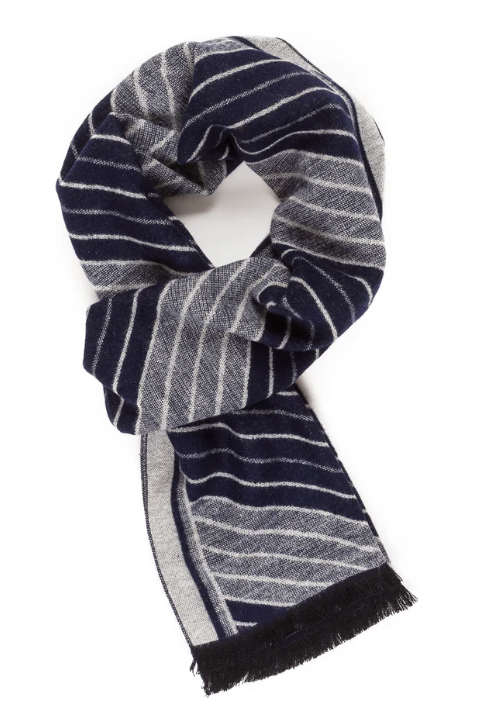
Viscose is another semi-synthetic fiber made from wood pulp. It resembles silk in feel and drape but is more affordable and easier to care for.
Key Features:
- Soft, breathable, and versatile
- Drapes well, similar to silk or modal
- Slightly shiny finish adds elegance
- Perfect for fashion scarves and stoles
Common Use: Viscose scarves are often printed with intricate patterns and worn in both casual and formal settings.
11. Jersey
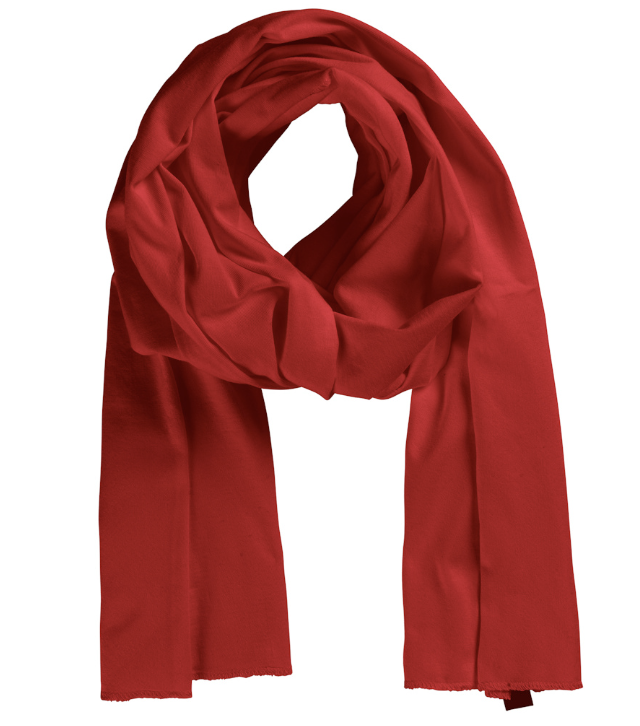
Jersey fabric is a stretchy knit material commonly used for T-shirts and activewear. Jersey scarves are extremely comfortable and practical, making them a favorite for everyday wear.
Key Features:
- Stretchy, soft, and breathable
- Offers a casual, laid-back look
- Perfect for turban-style or hijab wraps
- Machine washable and low maintenance
Tip: Opt for a cotton-blend jersey scarf for better breathability and softness.
12. Acrylic
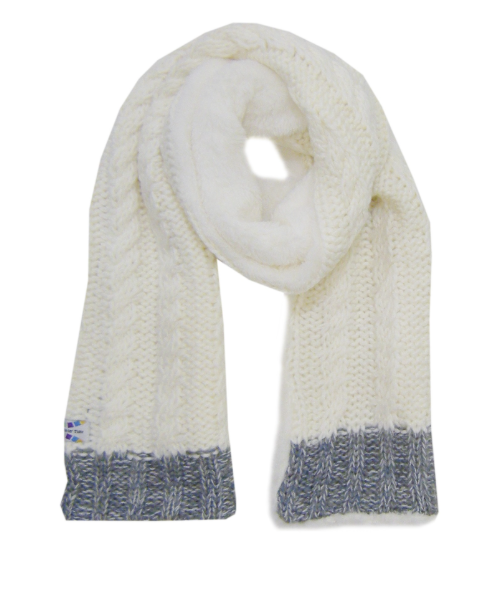
Acrylic is a synthetic fiber often used as an alternative to wool. Acrylic scarves are warm, lightweight, and typically more affordable than natural fibers.
Key Features:
- Resistant to moths and mildew
- Retains shape and color well
- Good option for people allergic to wool
- Available in many colors and styles
Use Case: Ideal for budget-friendly winter scarves or chunky knits.
13. Satin
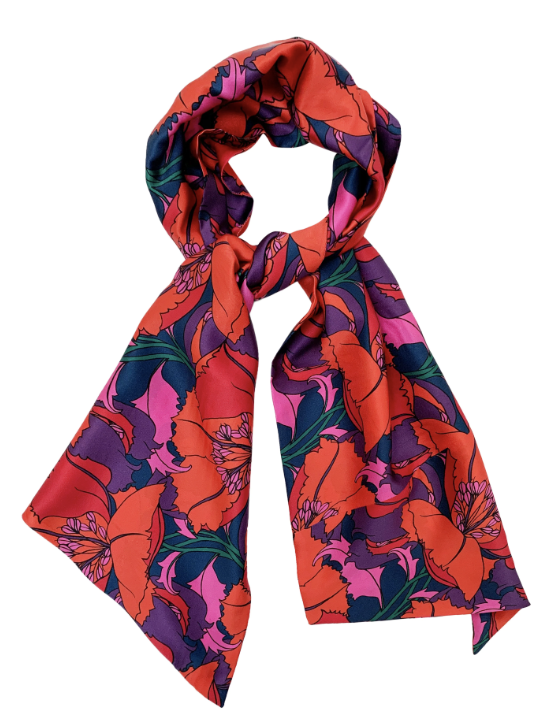
Satin scarves are known for their smooth, shiny surface and are typically made from silk or polyester. They’re often used as fashion accessories for a glossy finish.
Key Features:
- Smooth, sleek finish
- Reflects light for an elegant look
- Can be slippery—best used as neck or hair scarves
- Requires gentle washing
Style Tip: Satin scarves work well as hair wraps or neck scarves for a polished, vintage vibe.
14. Net/ Lace
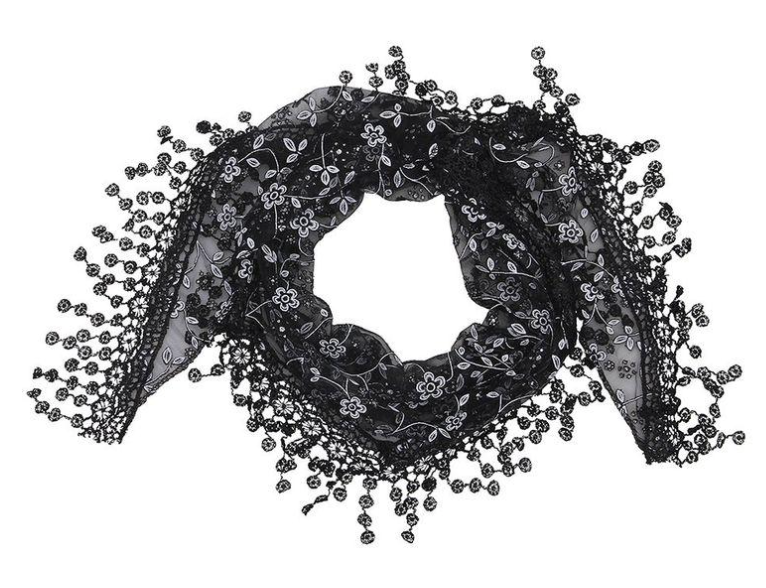
Net and lace scarves offer a decorative and sometimes transparent effect. They’re used more for fashion than warmth, adding a touch of femininity and sophistication.
Key Features:
- Sheer and lightweight
- Often features embroidery or embellishments
- Used for layering or accessorizing
- Not ideal for warmth or everyday use
Occasions: Evening parties, weddings, or festive occasions where fashion takes priority.
15. Velvet

Velvet scarves are luxurious, soft, and richly textured. They’re perfect for winter months and add a touch of glam to any outfit.
Key Features:
- Thick, warm, and plush
- Has a beautiful, shimmering surface
- Drapes elegantly and feels opulent
- Can be heavy—best for evening or winter wear
Fun Fact: Velvet was once reserved for royalty due to its complex production process and high cost.
Comparison Table of Scarf Fabrics
| Fabric | Weight | Warmth | Texture | Care | Best Season |
|---|---|---|---|---|---|
| Silk | Light | Low | Smooth | Handwash | Spring/Summer |
| Cotton | Light | Medium | Soft | Easy | All-Season |
| Wool | Heavy | High | Coarse/Fine | Delicate | Winter |
| Cashmere | Light | High | Ultra-soft | Handwash | Winter/Fall |
| Linen | Light | Low | Crisp | Easy | Summer |
| Chiffon | Very Light | Low | Sheer | Handwash | Spring/Summer |
| Pashmina | Light | High | Soft | Dry clean | Winter/Fall |
| Polyester | Light | Medium | Varied | Easy | All-Season |
| Modal | Light | Medium | Silky | Easy | Spring/Fall |
| Viscose | Light | Medium | Soft/Silky | Easy | Spring/Fall |
| Jersey | Medium | Medium | Stretchy | Easy | All-Season |
| Acrylic | Medium | High | Soft | Easy | Winter |
| Satin | Light | Low | Glossy | Delicate | Spring/Summer |
| Lace/Net | Light | Low | Sheer/Decor | Delicate | Spring/Summer |
| Velvet | Heavy | High | Plush | Delicate | Winter |
Where to Source Quality Scarf Fabrics
Domestic vs. Overseas Options
You can source scarf fabrics from both local and international suppliers. For large-scale buyers or fashion entrepreneurs, China is one of the best destinations due to its vast textile industry and manufacturing capabilities.
Simoosourcing: Your Trusted Sourcing Agent in China
Simoosourcing helps global buyers find and work with verified scarf fabric manufacturers across China. Their sourcing services include:
- ✅ Supplier research and vetting
- ✅ Quality checks and lab testing
- ✅ Custom designs and private labeling
- ✅ Price negotiation and production tracking
- ✅ Shipping and customs documentation
Why Choose Simoosourcing?
- In-depth knowledge of China’s textile hubs
- Reliable, English-speaking team
- Full-service logistics and production oversight
Visit simoosourcing.com to start sourcing high-quality scarf fabrics today.
Conclusion
From breezy chiffon to cozy wool, the fabric you choose defines the scarf’s function, feel, and fashion impact. Understanding the 15 types of scarf fabric allows you to pick the right material for the right occasion—be it seasonal, stylistic, or cultural.
Takeaway Tips:
- Go for wool or cashmere in winter.
- Opt for silk, chiffon, or cotton in summer.
- Consider satin or lace for a touch of elegance.
- Choose modal, viscose, or jersey for everyday wear.
And if you’re launching a scarf brand or sourcing bulk materials—Simoosourcing makes it easier, cheaper, and faster.
FAQs About Scarf Fabric
1. Which fabric is best for winter scarves?
Wool, cashmere, and velvet are excellent for cold weather due to their insulation properties.
2. Can chiffon scarves be worn year-round?
They’re best suited for spring and summer but can be layered in other seasons.
3. Is polyester a good choice for scarves?
Yes. It’s affordable, wrinkle-resistant, and ideal for printed designs.
4. What’s the most luxurious scarf fabric?
Pashmina and silk are often considered the most luxurious.
5. Can I source scarf fabrics from China?
Absolutely! Use a reliable agent like Simoosourcing to ensure quality and seamless delivery.

